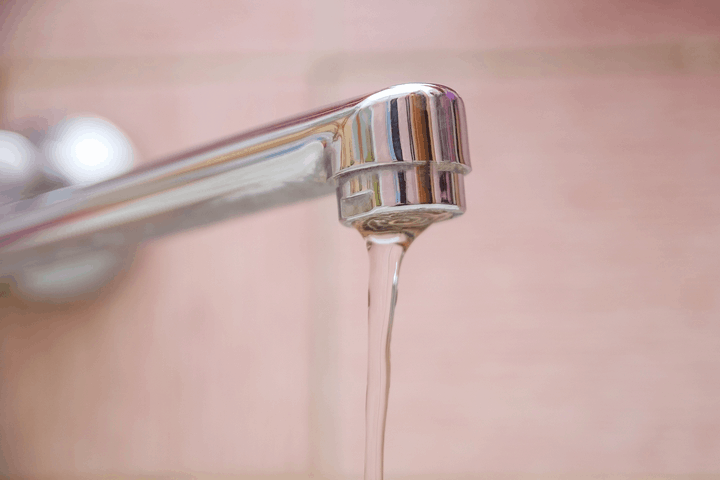An undetected water leak is every homeowner’s nightmare. Water damage can quickly become a widespread, expensive problem. An undetected leak will add up on your water bill, leading to mould and issues related to the structural stability of your home.
If you’ve been wondering how to locate a water leak in your home, chances are that your instinct is telling you something is wrong. Often, there is a small clue: running toilets or a lawn that is unevenly green. Other times, however, the evidence is significant: a jump in your water bill, a puddle beneath your sink, or a stain on the wall.
No matter how you first confirm there’s a leak, it is important to call in a professional plumber as soon as possible. He or she will investigate the source of the problem and fix the leak, allowing you to carry on with peace of mind. For more information, check out the following guide on how to find a water leak in your house.
Check your bill
Your water bill may give you the first clue regarding a leak. If you notice a sudden jump in usage without explanation, you should investigate further. If possible, look at your water bills over time to identify patterns and exceptions. An unexplained jump in usage is likely caused by a leak.
Run a toilet test
One of the most common places to lose water in your home is through your toilets, which account for up to 30 percent of home water use. To test for water leaks in your toilet, add a few drops of food colouring to your toilet tank. Then, leave it there for five to ten minutes. If the colour appears in your toilet bowl, you can be sure there’s a leak that needs to be fixed.
Inspect cabinets and under basins
Do you have a cabinet under a sink that smells off or even mouldy? You could have a leak that needs attention. It’s a good idea to make regular inspections of your cabinets and under-sink storage areas. While you’re at it, look for any puddles around your water heater, dishwasher and washing machine. Catching a leak in its early stages could save you plenty of money in repairs.
Examine your walls
The walls of your home can provide obvious clues regarding a water leak. Look for stains or discolouration on your walls or ceiling. Watch for bulging wallpaper as well, which happens when the paper is wet and no longer able to adhere to the wall. If your walls are painted, feel with your hand to see if the paint is wet. When more extensive damage has occurred, the drywall or wallboard itself will bulge.
Give your home a smell-test
Over time, too much indoor moisture will lead to a musty, damp smell and sometimes even mould. If your nose tells you something isn’t right, see if the smell can lead you to the leak. Look for black splotches, which indicate humidity and moisture are an issue in general. If a dehumidifier doesn’t rid the space of the smell, it’s likely time to ask a plumbing specialist to help source any leaks and test pipes behind the walls.
Listen carefully
While many leaks are silent and difficult to detect, sometimes you are given a clue. If you suspect you have a leak in a hidden area, try to listen for the sound of dripping water. If the water is leaking at the right angle and you’re able to hear it, you may have just the information you need to find the problem.
Watch for unusual patches of lawn
If one section or patch of your lawn is consistently greener and growing faster than the rest of your grass, it could indicate a leak in a buried water line. If you have underground sprinklers in your yard, you should pay special attention to this warning sign. In extreme cases, you may see puddles or ponds of water on your lawn or in your gardens.
Run a Water Meter Test
A handy way to check your plumbing for leaks is to run a test through your water meter. Start by shutting off all the water sources in your home, including faucets, the washing machine and dishwasher. Ask family members not to flush the toilet for the duration of your test.
Then, watch your water metre closely to see if it changes, even without water use. If you can see it moving easily, you likely have a fast-moving leak. If you see no change, run your test for an hour or two and check the metre again. This is a good way to investigate underground and difficult-to-detect leaks.

Recent Comments